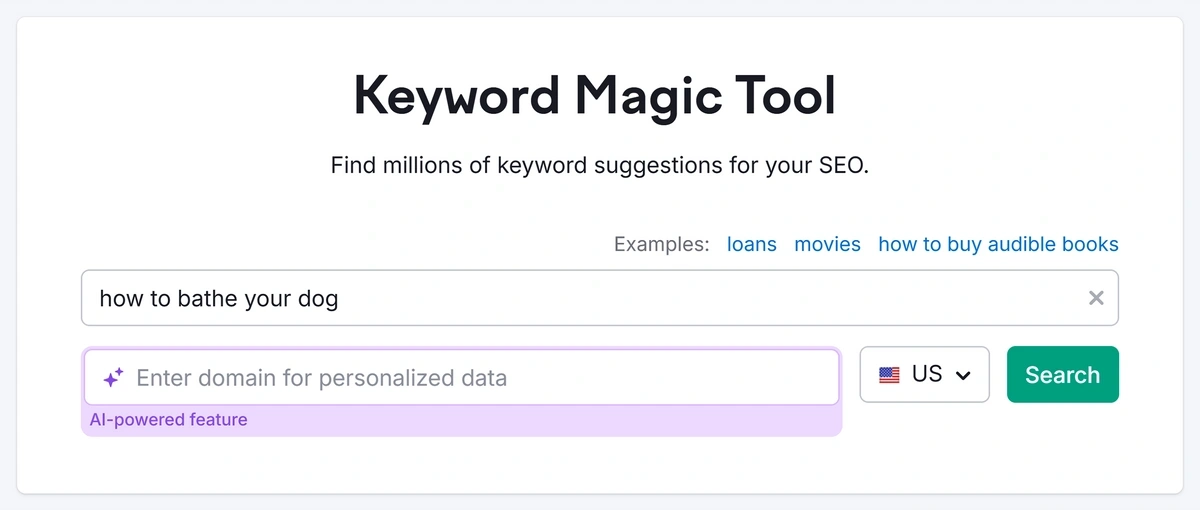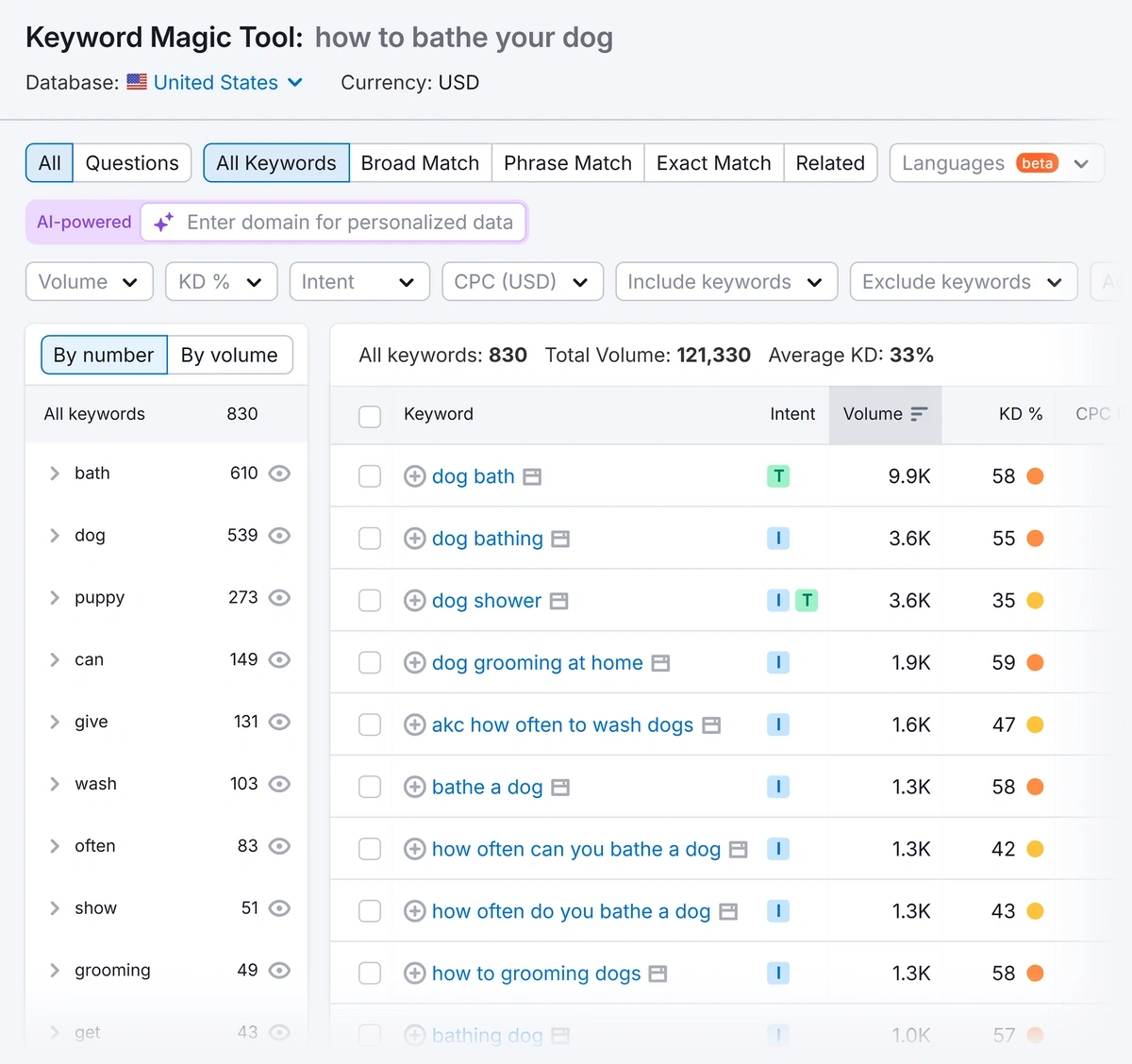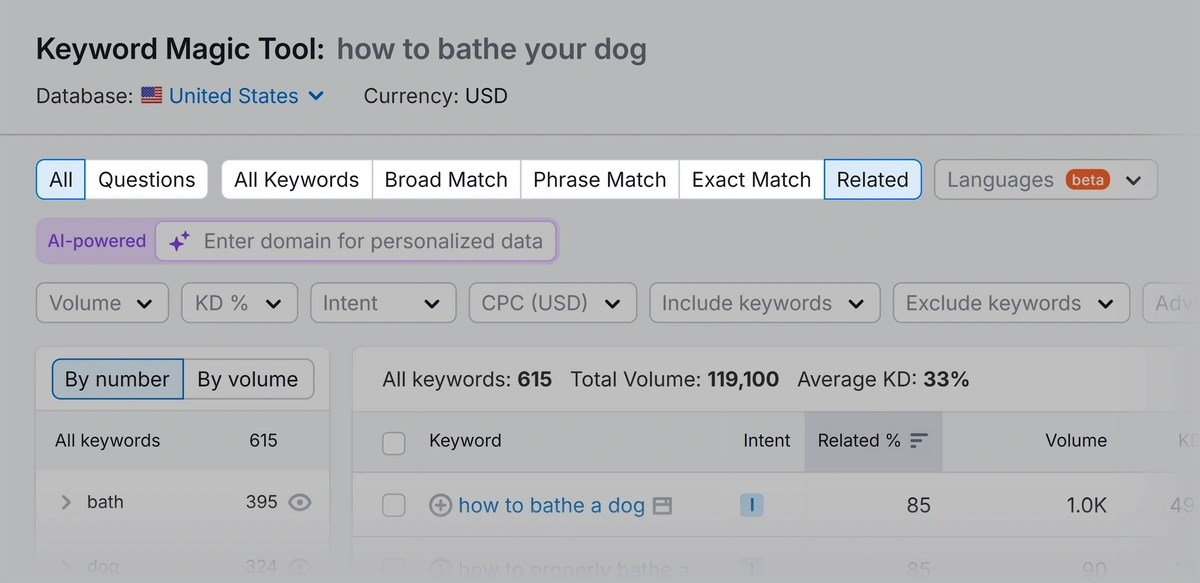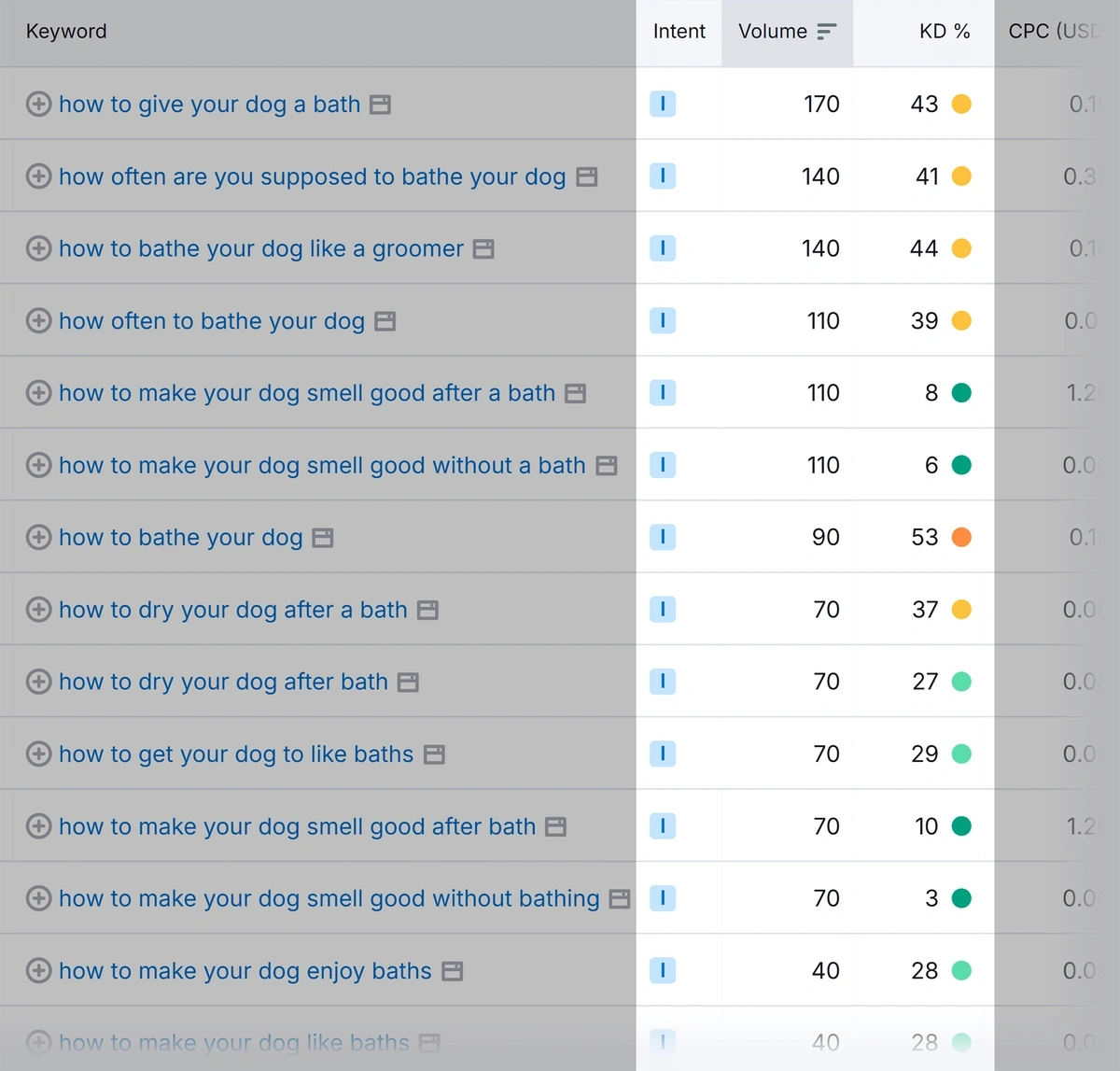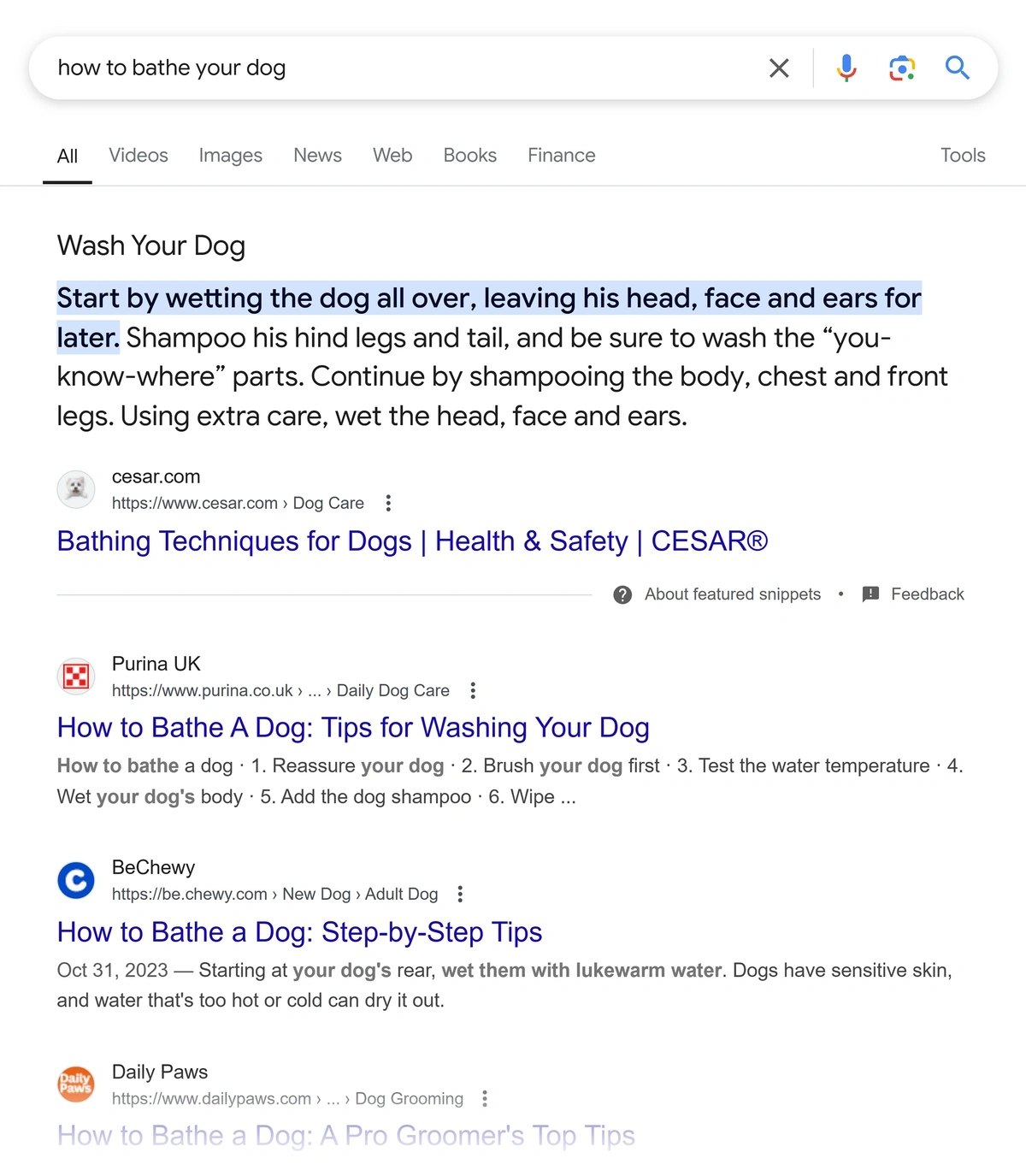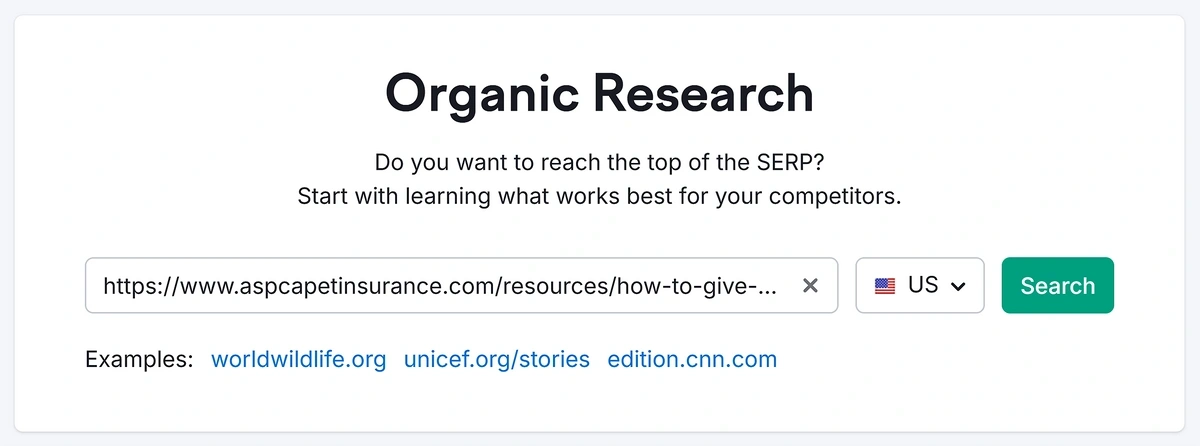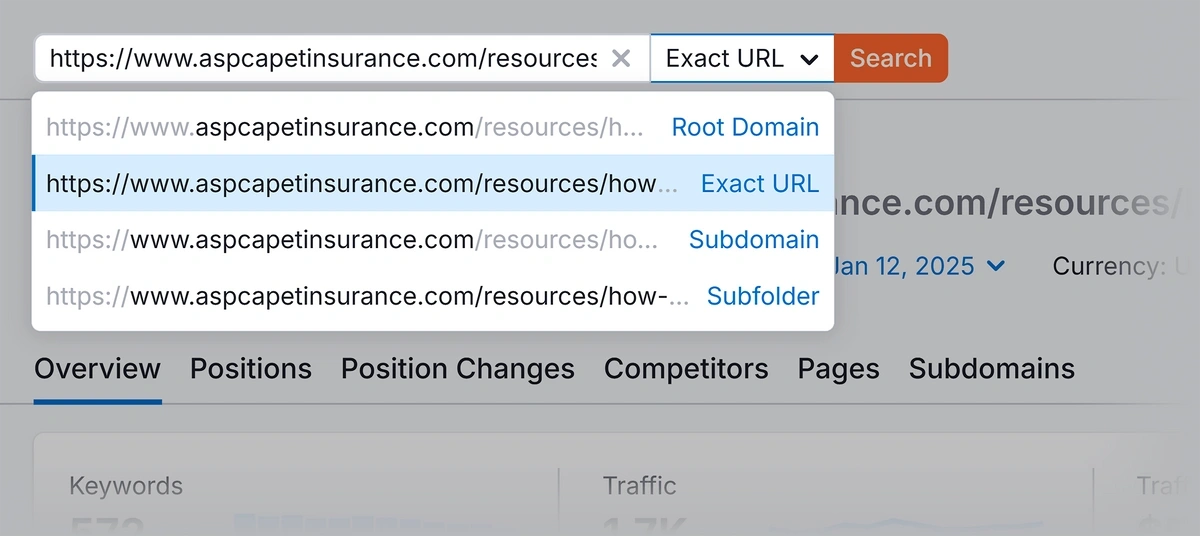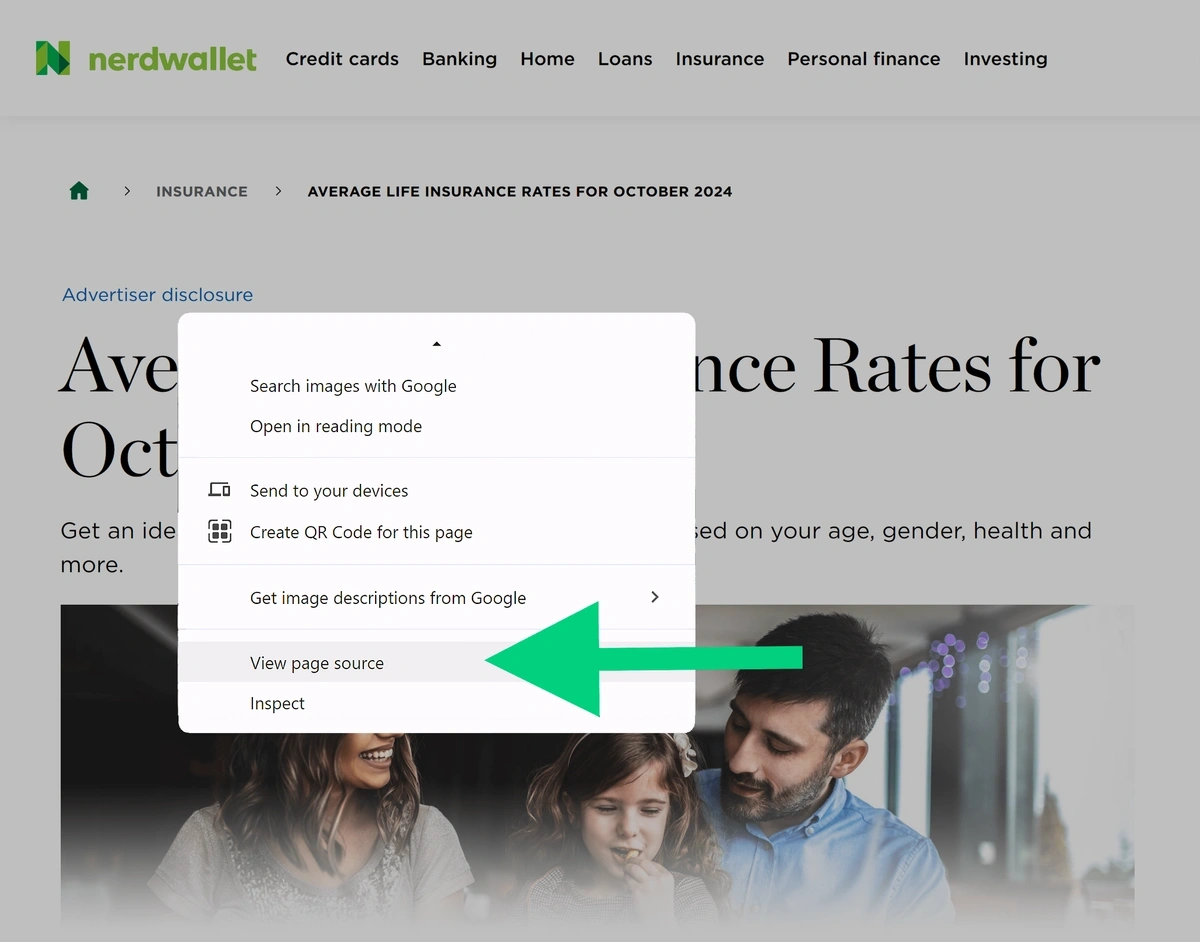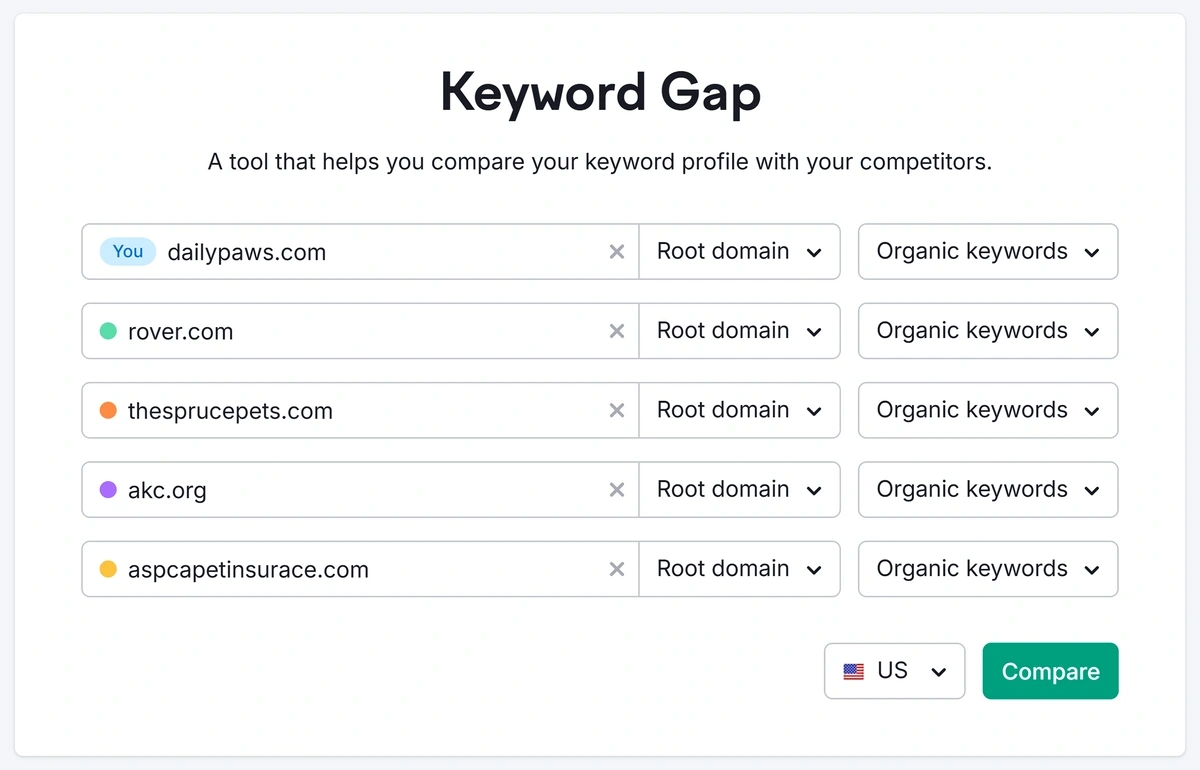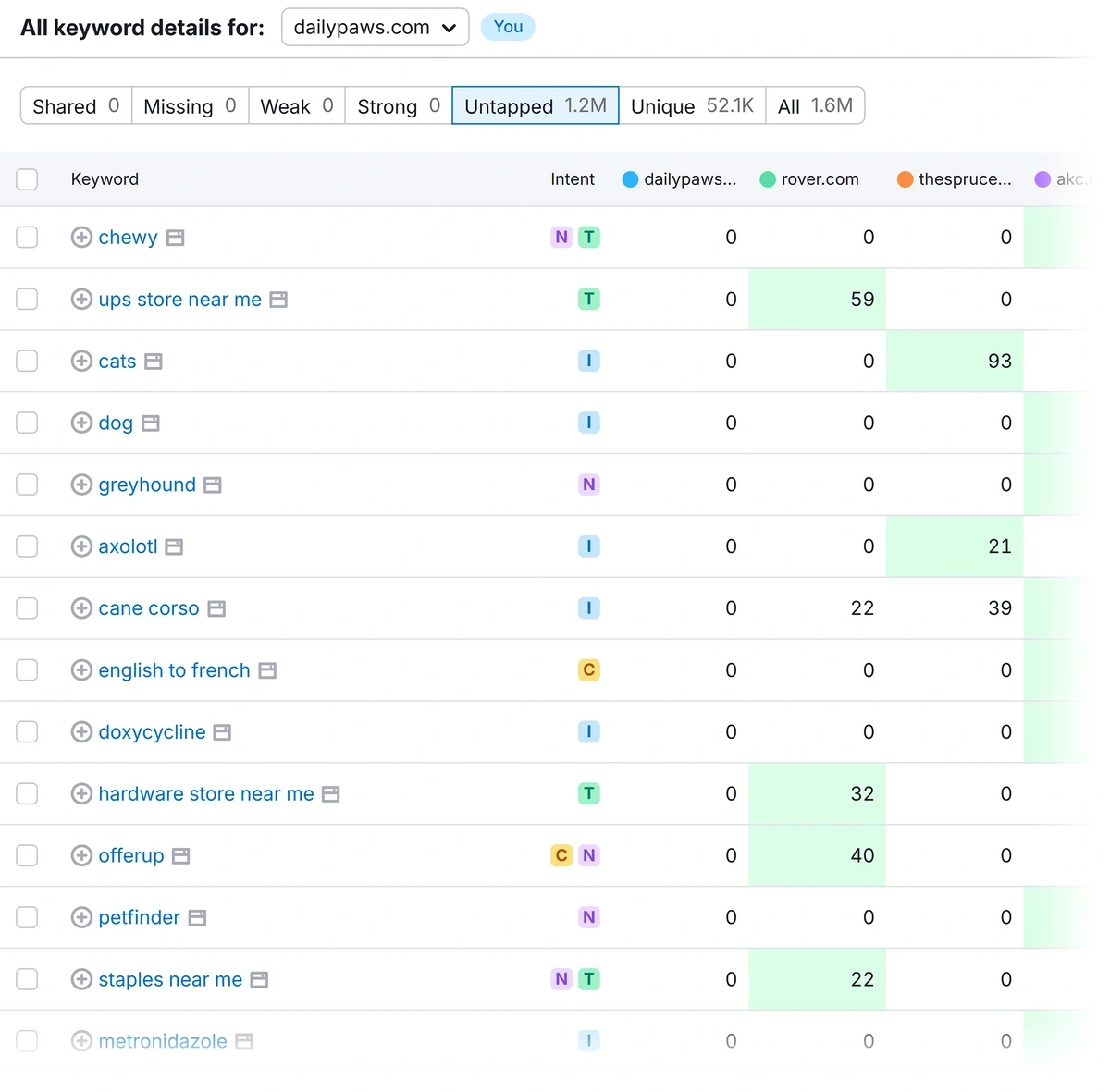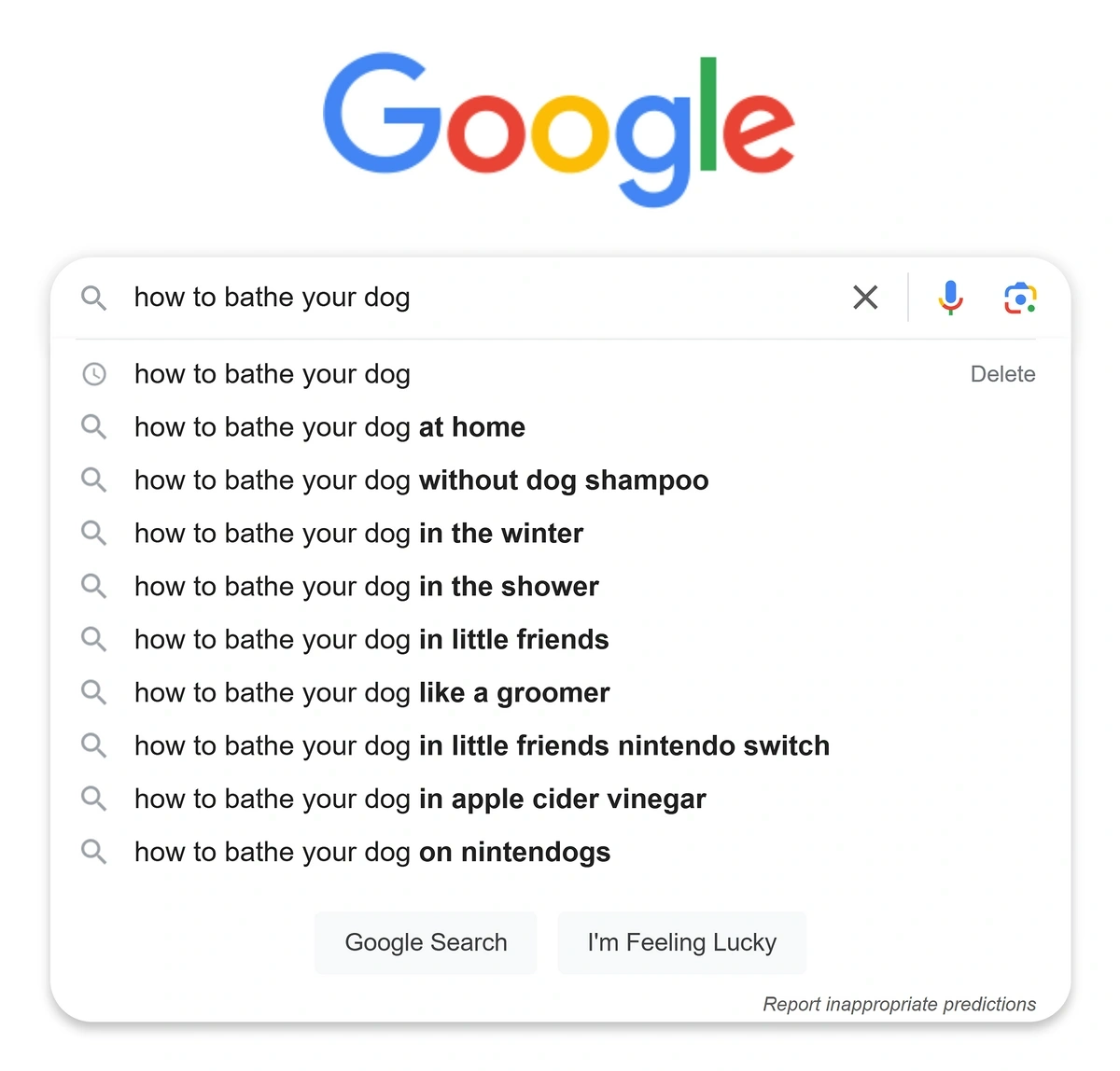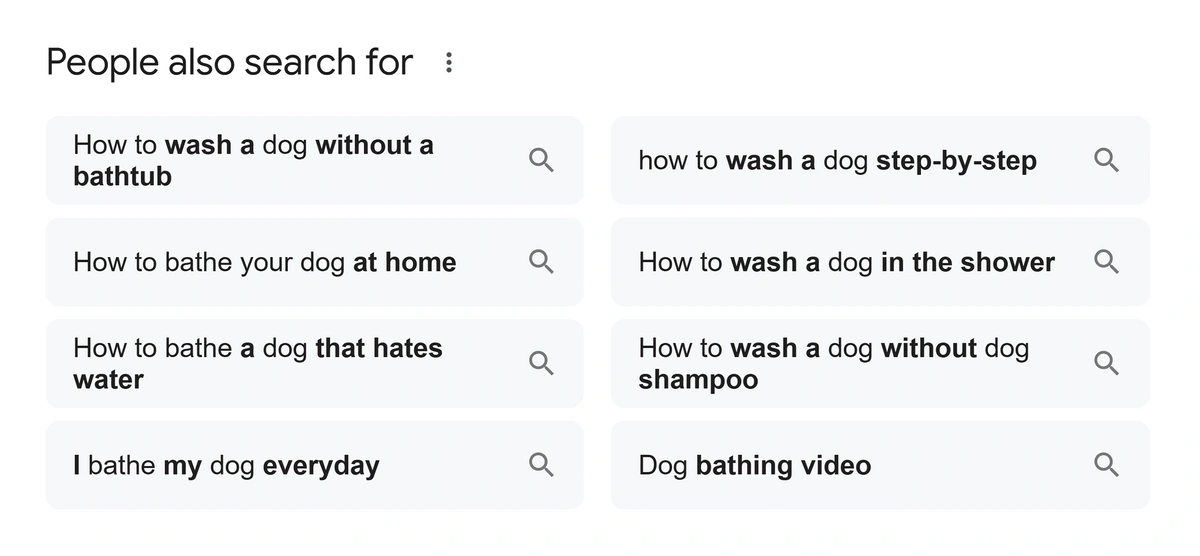
4 Ways to Find Related Keywords for SEO
Related keywords are keywords that share a common theme with your seed keyword.
Using related keywords in content helps to expand the content. It can give you new ideas for sections that your readers will find helpful.
The more helpful your content is, the more you’ll improve topical authority. And that will improve your search engine rankings.
In this guide, you’ll learn how to find related keywords that you can use to optimize your content. Before reading, create a free Semrush account (no credit card needed!) to follow along and implement the steps in this guide.
Get More Search Traffic
Use trending keywords to create content your audience craves.
1. Use a Keyword Research Tool
Whenever I’m optimizing content and adding keywords or themes, I always start with the Semrush Keyword Magic Tool.
It has more than 26 billion keywords in its database, making it the most comprehensive keyword research tool available.
Let’s start with a basic example: you’re writing a blog post with the primary keyword “how to bathe your dog.”
In the Keyword Magic Tool, type in your primary keyword and select the region you want to target. Then click “Search.”
When the results load, click the “All Keywords” tab. This shows you a complete list of terms that are related to your seed keyword.
Listing keywords that are related makes keyword research for SEO simple.
You’ll need to carefully review this list and pick out the keywords that relate to your topic. These are called “secondary keywords”.
For example, for this article, I would pick out terms that are directly relevant to my article:
- how to bathe a dog at home
- dog shower
- best way to wash a dog
You can also filter keywords using keyword match types:
- Broad match will show you all related keywords
- Phrase match shows related keywords with the same words as the seed keyword
- Exact match displays keywords with the same words in the same order
- Related shows keywords that are conceptually similar, but phrased differently
It’s also important to take these three metrics into account:
- Intent tells you if the keyword intent is informational, navigational, commercial, or transactional. If you’re not sure what these terms mean, we explain more in our SEO tips guide
- Volume is an estimate of the average number of times a keyword is searched each month over a 12-month period
- KD % stands for keyword difficulty, which is an estimate of how difficult it will be to rank in the top 10 for the keyword
This data helps you to decide whether you should use the keyword or skip it. Semrush estimates sometimes vary from other SEO tools, but I find it to be accurate.
As you find keywords you’d like to save, use the checkboxes on the left-hand side to select them. You can then use the “Export” button at the top right of the table to export the list to an XLSX or CSV file.
Alternative: Try Our Free Keyword Tool
There is another way to do quick checks for related keywords.
Exploding Topics has its own free keyword research tool. You don’t need a login to use it.
Just type in your seed keyword and hit enter to review related keywords.
I use this when I need to see the Search Trend. It estimates the trend in search volume over time.
Using trending keywords can be a powerful way to build traffic quickly. If you’d like to learn more about this technique, see more tips that will help you find trending keywords.
2. Analyze Your Competitors
Analyzing competing websites can help you uncover new related keywords.
Before you can do that, you’ll want to find sites that are competing for the same traffic.
Just search for an important primary keyword and see what else is ranking in Google for the same term.
Next, copy a few URLs from the results. Then switch over to the Semrush Organic Research tool.
Paste in your first competing URL, select your target location, and click “Search.”
You’ll want to ensure that Semrush is showing you keywords for the URL you pasted in, not the entire site. So click the drop-down menu at the top of the page and select “Exact URL.”
Now click the “Positions” tab to see all the keywords this URL ranks for.
Under “Organic Search Positions”, click the checkboxes next to the terms that are directly relevant to your content. Just like before, we can export all the selected keywords to an Excel or CSV file.
Repeat the process with the next URL on your list, and keep building up your ideas for secondary keywords.
Analyzing Competing Articles for Keywords
You can also find related keywords by analyzing the content on the page, or the page metadata.
One of my favorite tricks is to analyze the page title and meta description.
Most writers carefully craft their titles and meta descriptions to include important terms. So examining them can reveal the keywords that are most important to them.
Just open a competing URL and right-click anywhere on the page.
Then click “View Source.”
Look for the <title> tag and look for keywords in the page title.
Then look for <meta name="description"> and see which keywords are included there.
This is just one way to dig into competing content and find important secondary keywords. See our article on how to search a website for keywords to find out more tricks.
3. Perform a Keyword Gap Analysis
A keyword gap analysis compares your site with competing sites to find terms you don’t rank for, but they do.
This is a great way to uncover related keywords. It can even give you ideas for new content.
Semrush has a Keyword Gap tool that handles the comparison for you and highlights terms that you’ve missed.
Open up the Keyword Gap tool and type your domain name in the first field. In the fields below, type the domains up to four competitors.
Select your preferred location, and click “Compare.”
Tip: You can change the "Root domain" setting to compare a specific section of the site for more relevant results. For example, select "Subfolder" to analyze just the blog section of a site, like example.com/blog.
In the keyword gap report, Semrush will show you:
- Keywords you share with the competing websites
- The best opportunities to increase search volume
Scroll down to the keyword table to view more details about the keywords Semrush found.
You can filter the keywords in this table based on their intersection type:
- Shared: Keywords that every site, including yours, ranks for
- Missing: Keywords where all your competitors rank, but your site does not
- Weak: Keywords where your site ranks lower than your competitors’ sites
- Strong: Keywords where your site ranks higher than your competitors’ sites
- Untapped: Keywords where you do not rank, but at least one of your competitors does
- Unique: Keywords where your site ranks, but none of your competitors do
- All: All keywords for which any of the compared sites rank
You can also experiment with the filters to identify related keywords:
- Untapped: These represent opportunities your competitors already cover, but you don’t
- Missing: These are crucial because they highlight gaps in your content. They offer a clear path to expanding its reach and relevance.
- Weak: Improving these can bring in more traffic by boosting your topical authority
Just like before, use the checkmarks to select keywords that are related to your content and export them to a file.
4. Use Google Autocomplete and Related Search
Keyword generators are helpful. But sometimes you can find related keywords with a regular Google search.
That’s because Google tries to show you related queries when you type in a keyword.
We can harness those to expand our search for related terms.
First, check Google’s autocomplete suggestions. Just type in a keyword, but don’t hit enter yet.
Google will automatically generate related keywords in a dropdown list.
The suggestions you see here are popular alternatives to the keyword you’ve typed in. It’s a great way to get ideas for long-tail keywords.
Next, let’s look at related searches, another section of the SERP.
Search for your seed keyword in Google first. When the results load, scroll all the way down to the bottom and look for a section called People Also Search For.
Again, these are great secondary keywords. Using these in content, headings, or new sections can help you to expand your content to include more relevant topics and make it more helpful.
If you’d like to learn more about mining keywords from this part of the page, read our guide to optimizing with ‘People Also Search For’.
Find Related Keywords with Semrush
Now you know how to use Keyword Magic Tool, Organic Research, and Keyword Gap to find related keywords.
You’re ready to start adding them to your content. Here are some guides that will help:
- Learn about improving your site’s on page SEO to get better rankings from your existing content
- Use our SEO copywriting checklist to make sure each part of your page is optimized
- Learn more about search engine positioning so you can track your progress
To implement all of these tips, sign up for a free Semrush account. Test drive all the powerful tools you need to get more traffic and sales.
Stop Guessing, Start Growing 🚀
Use real-time topic data to create content that resonates and brings results.
Share
Newsletter Signup
By clicking “Subscribe” you agree to Semrush Privacy Policy and consent to Semrush using your contact data for newsletter purposes
Written By


Claire is the Lead Editor at Exploding Topics, where she uses her extensive SEO and content strategy expertise to drive growth. ... Read more

